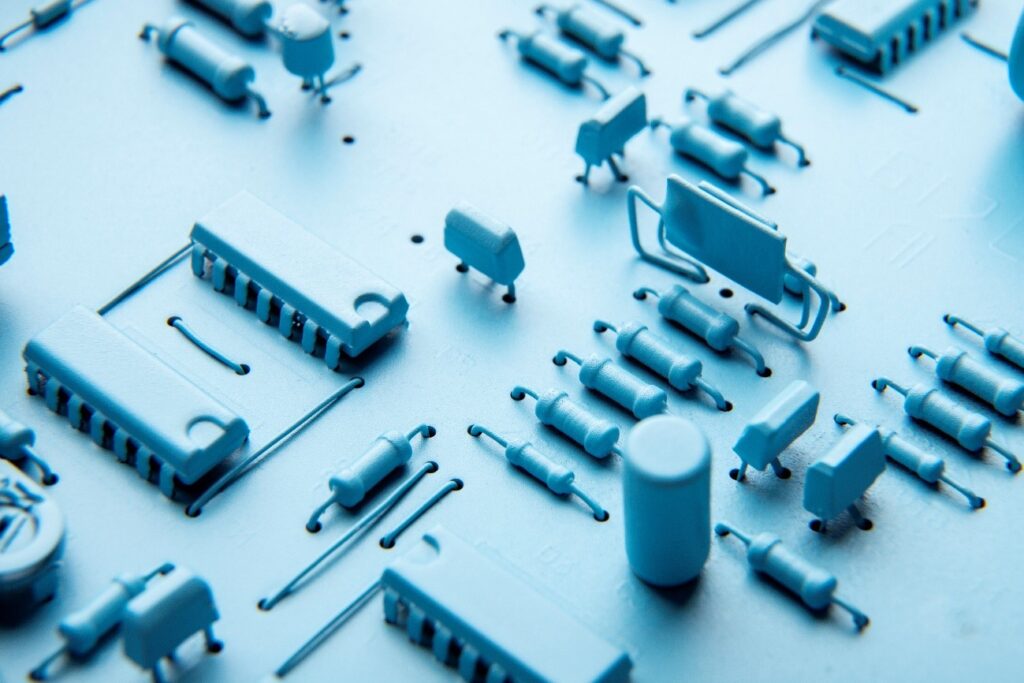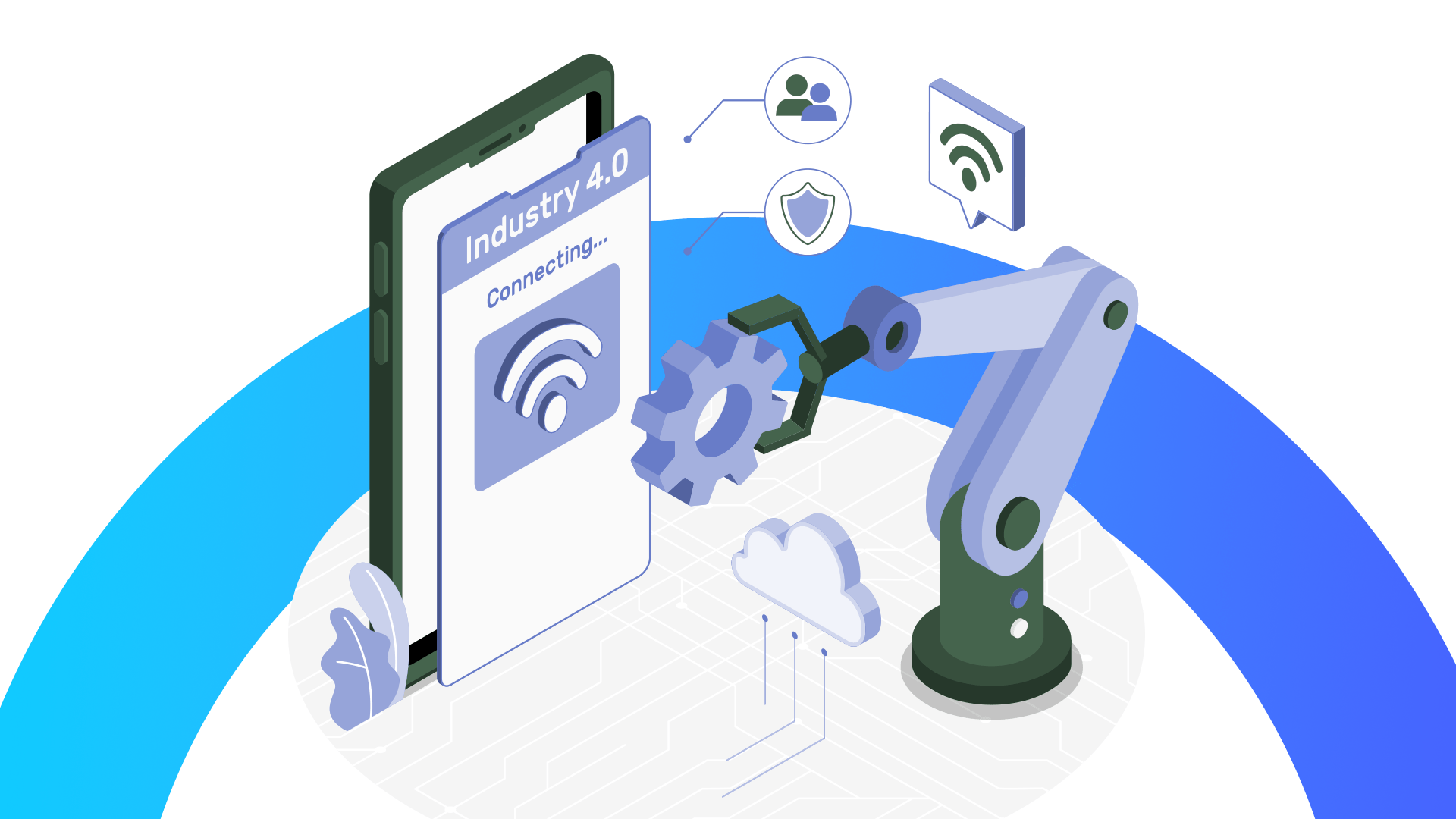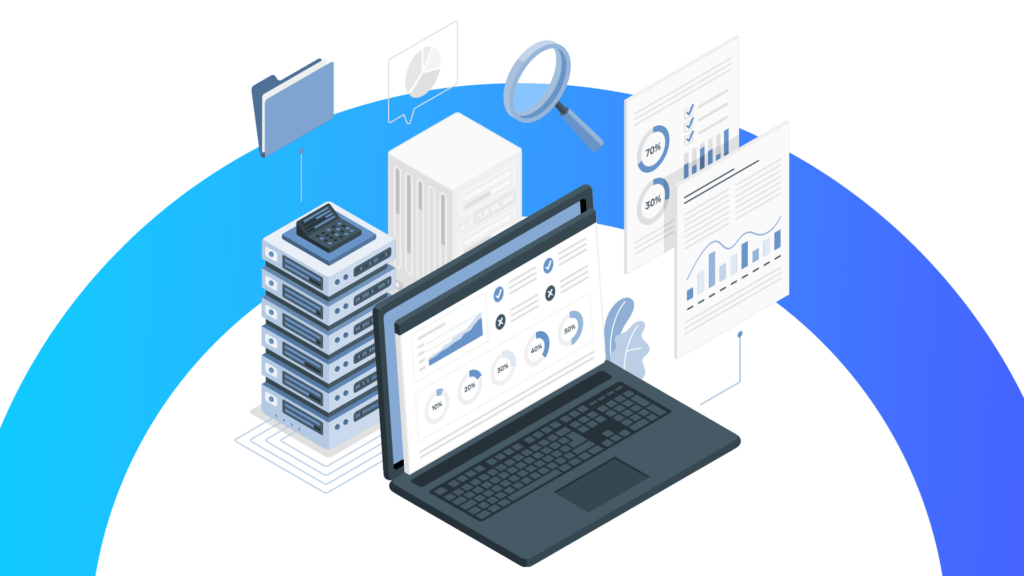Choosing the right IoT hardware is crucial for building effective, interconnected systems. This guide dives into IoT hardware fundamentals, covering essential components like sensors, gateways, and edge devices and their role in driving connectivity, data flow, and automation across industries.
Understanding IoT hardware: The foundation of connectivity

Here’s a breakdown of essential IoT hardware elements and their functionalities:
1. Actuators and sensors
Sensors, the “eyes and ears” of an IoT setup, collect data from the environment. This ranges from temperature, humidity to movement. The extracted data is then converted into digital signals. Actuators, on the other hand, respond to said signals. This is done by executing actions, like turning on a device or adjusting settings.
2. Microcontrollers and microprocessors
As for the brains of IoT devices, those would be Microcontrollers (MCUs) and microprocessors (MPUs). Microcontrollers are meant for simple tasks, given their efficient energy usage, enabling devices to function without significant power demands. Microprocessors, however, are more complex, allowing IoT devices to perform advanced tasks with greater computing power, though often at a higher energy cost.
3. Gateways and routers
Acting as intermediaries, gateways and routers handle data transfer between IoT devices and the cloud. Gateways aggregate data from multiple sensors, translating various communication protocols to ensure data compatibility across different devices. Routers enable data movement across networks, making it easier to analyze information remotely.
4. Edge devices
Edge devices handle data processing closer to the source rather than relying solely on cloud servers. By reducing latency and improving real-time processing capabilities, edge devices are crucial for applications requiring immediate feedback, such as autonomous vehicles or smart machinery in factories.
The role of IoT hardware in data transmission and security
In IoT ecosystems, data transmission and security are critical. Seamless connectivity and reliable data flow are imperative for accurate operations. Therefore, to ensure robust data transfer IoT, hardware components, such as modules for wireless communication (e.g., Bluetooth, Wi-Fi, or cellular) are used. Security measures embedded within hardware, like encryption modules or secure booting processes, add layers of protection.
To manage the massive data flow in real-time, IoT hardware must support various connectivity options. These include short-range (e.g., Bluetooth) and long-range (e.g., LTE) options. Matching these to the deployment’s specific needs, like power usage and range, will determine the hardware’s success in achieving connectivity goals.
Selecting IoT hardware for specific applications
Since IoT use cases vary widely, choosing hardware requires careful assessment of application-specific needs. For example:
- Industrial IoT (IIoT) applications, like predictive maintenance in manufacturing, need robust sensors and durable microcontrollers. The reason behind this that they need to withstand harsh conditions and continuously monitor equipment.
- Healthcare IoT demands precision sensors and reliable microcontrollers for patient monitoring. Devices must meet strict standards for data accuracy, safety, and compliance.
- Smart city solutions rely on scalable hardware that can handle vast amounts of data across a cityscape—from traffic sensors to waste management systems—requiring powerful gateways and robust network capabilities.
Assessing power requirements, device durability, and connectivity options is essential to ensure the hardware can perform under the deployment’s unique circumstances.
How IoT hardware fits into the broader ecosystem
IoT hardware doesn’t operate in isolation; it’s part of a complex ecosystem that involves software, cloud services, and connectivity protocols. Each hardware component interacts with software platforms, which manage data analysis and visualization. For instance, an edge device might pre-process data before sending it to the cloud, reducing the workload for cloud servers and lowering latency.
Connectivity protocols such as MQTT, HTTP, and CoAP facilitate data transfer between devices and software. Meanwhile, cloud platforms—like AWS IoT or Microsoft Azure—offer scalable storage, processing, and analytics, turning raw data into actionable insights. Therefore, integrating IoT hardware with appropriate software and cloud solutions is essential for a robust and efficient IoT ecosystem.
OmniConnect™ – Enhancing IoT hardware integration and data management
As IoT hardware continues to advance, integration and data flow management between devices are crucial for optimizing the entire IoT ecosystem. OmniConnectTM, a proprietary connectivity solution by Octopus Digital addresses these needs by providing a unified platform for seamless device interaction.
OmniConnectTM ensures secure and efficient data transfer across multiple IoT hardware components. This involves sensors, edge devices, or gateways, allowing for smoother communication within complex IoT networks. By simplifying hardware integration and standardizing data protocols, OmniConnectTM enables IoT deployments to scale effectively. This in turn optimizes data collection and analytics for actionable insights. This powerful solution bridges the gap between diverse IoT hardware, facilitating robust and adaptive IoT ecosystems.
Conclusion
Understanding IoT hardware’s role in the IoT ecosystem helps businesses design effective solutions. By selecting the right sensors, processors, and connectivity options, companies can build reliable, secure, and scalable IoT systems.
Whether it’s industrial applications, healthcare monitoring, or smart city deployments, IoT hardware is the backbone of connected solutions, helping turn data into valuable insights and driving innovation across sectors.
To transform your business operations with a robust IoT solution – OmniConnectTM, book a demo.




